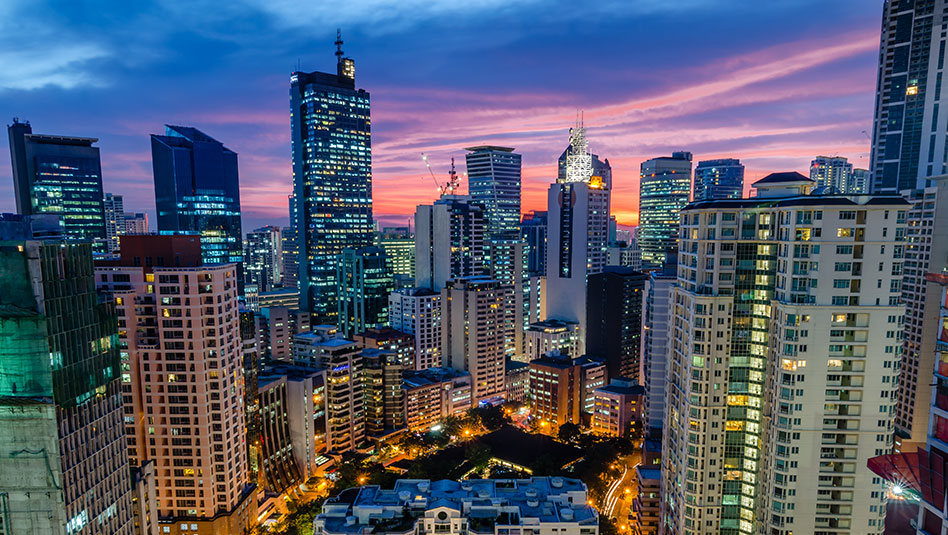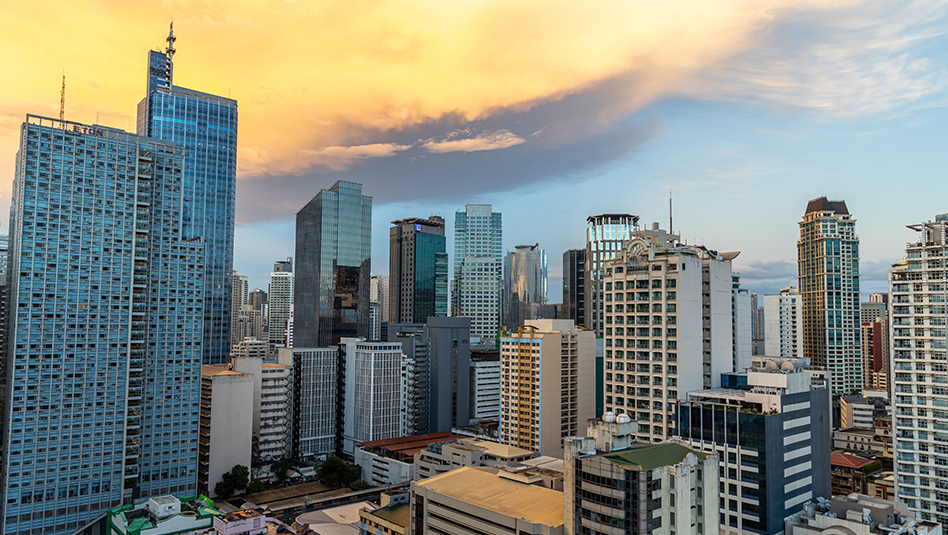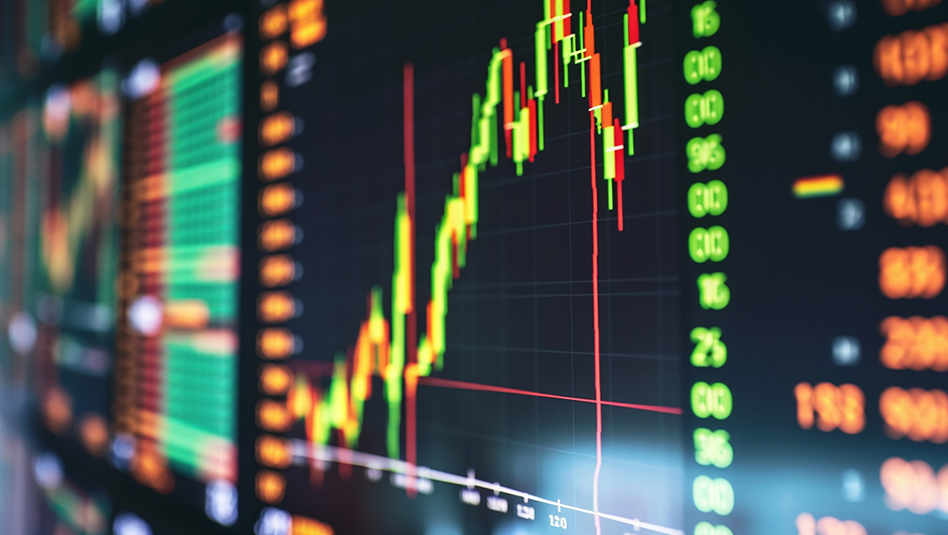Country: Korea
Access this content:
If you are an existing investor, log in first to your Metrobank Wealth Manager account.
If you wish to start your wealth journey with us, click the “How To Sign Up” button.

Fundamental View
AS OF 22 May 2025- Hyundai Motor Group posted solid 1Q25 results and maintained its FY25 sales and consolidated operating profit guidance. While we continue to expect lower FY25 automotive profitability owing to tariff impacts on its US vehicle sales, which account for 25% of its global unit sales, we expect the tariff headwind to be partially offset by favorable currency and higher financial services profitability along with support by the South Korean government for the automotive sector. We expect these tariff mitigation factors to alleviate our previous concerns regarding potential negative rating actions.
Business Description
AS OF 22 May 2025- Hyundai Motor Co., Ltd. engages in the manufacture and distribution of motor vehicles and parts. It operates through the following business areas: Vehicle, Financial and Other. The Vehicle division offers motor vehicles. The Financial division provides financing, leasing and credit cards. The Other division includes manufacture of railways. The company was founded on December 29, 1967, and is headquartered in Seoul, South Korea.
- Hyundai Capital America benefits from a support agreement with Hyundai Motor (HMC). HCA investor relations confirmed its support (keepwell) agreement contains a fixed charge coverage provision that it views as particularly strong compared to other peers.
Risk & Catalysts
AS OF 22 May 2025- Hyundai and Kia both maintained FY25 sales and consolidated operating profit guidance – which did not include the potential impact of tariffs – citing both uncertainty surrounding tariff implementation, especially for USMCA-compliant parts, and strategies to mitigate the tariff impact. Both companies called out the likelihood of price increases to mitigate the tariff impact, while Hyundai management highlighted additional mitigation strategies in their earnings conference call. On a combined basis, the Hyundai Motor Group (HMG) targets FY25 wholesale unit growth of 2% to 7.4 mn units, revenue growth of 5% to 6%, and a consolidated operating profit margin of 8.8% at the midpoint of the range for YoY margin contraction of 40 bp.
- The company’s FY25 consolidated operating profit could also benefit from higher captive finance profit and favorable currency impacts related to the weak Korean won, two factors that boosted its 1Q25 profit. The South Korean government announced emergency support for the auto sector, including financial aid and tax cuts to mitigate the impact of US tariffs on imported vehicles.
Key Metric
AS OF 22 May 2025| KRW bn | FY21 | FY22 | FY23 | FY24 | LTM 1Q25 |
|---|---|---|---|---|---|
| Revenue | 94,143 | 113,718 | 130,150 | 136,725 | 139,725 |
| EBIT | 5,459 | 8,950 | 15,440 | 14,189 | 13,945 |
| EBIT Margin | 5.8% | 7.9% | 11.9% | 10.4% | 10.5% |
| EBITDA | 10,015 | 13,998 | 20,387 | 18,476 | 18,237 |
| EBITDA Margin | 10.6% | 12.3% | 15.7% | 13.5% | 13.9% |
| Total Liquidity | 19,745 | 26,639 | 26,507 | 27,488 | 23,397 |
| Net Debt | (5,202) | (11,035) | (10,916) | (11,799) | (15,252) |
| Total Debt | 12,569 | 12,940 | 12,940 | 12,940 | 5,805 |
| Gross Leverage | 1.3x | 0.9x | 0.6x | 0.7x | 0.3x |
| Net Leverage | -0.5x | -0.8x | -0.5x | -0.6x | -0.8x |
CreditSight View Comment
AS OF 03 Jul 2025We upgrade our recommendation on notes of Hyundai Capital America (HYNMTR), Hyundai Capital Services (HYUCAP), and Kia Corp. (KIA) to Outperform from Market perform based on our view the company’s tariff mitigation strategies, its financial services and currency tailwinds, and South Korean automotive sector emergency aid initiatives should help support the company’s profit outlook and enable it to avoid credit rating downgrades. Our recommendation is based on relative value, its geographic diversification, increasing innovative hybrid and EV offerings, and its solid brand positioning within the affordable vehicle category.
Recommendation Reviewed: July 03, 2025
Recommendation Changed: April 28, 2025
Who We Recommend
Sultanate of Oman

Korea Electric Power Corp.

Korea Gas Corp.



How may we help you?
Search topics about wealth insights and investments.Access this content:
If you are an existing investor, log in first to your Metrobank Wealth Manager account.
If you wish to start your wealth journey with us, click the “How To Sign Up” button.

Fundamental View
AS OF 06 May 2025Woori FG’s performance record had been less consistent than some of its more commercially focused peers but improved in FY21-22. Its FY23 performance lagged behind its peers, affected by not only the kitchen sinking provisioning exercise but also uniquely amongst the FGs, taking a hit on its other non-interest income. It posted peer-leading profit growth in FY24, partially thanks to not having the ELS compensation issue which hit the other three FGs in 1Q24, but 1Q25 performance was softer due to the same reason.
Asset quality used to be a strength with the lowest NPL ratios and credit costs among the four FGs but has deteriorated since 2Q23, and we no longer see a gap with the other FGs.
Capital standing is a relative weakness with the CET 1 ratio at 12.4% compared to above 13% at peers.
Business Description
AS OF 06 May 2025- Woori's predecessor banks were rescued by the Korea Deposit Insurance Corporation (KDIC) following the 1997 Asian Financial Crisis.
- Woori Bank is one of Korea's 'Big Four' commercial banks. It previously owned two regional banks, Kwangju and Kyongnam, but these were spun off in 2014. Woori also sold its stake in Woori Investment Securities and its savings bank and life insurance arms to NH Financial Group.
- Woori set up a HoldCo (Woori FG) in January 2019 to expand into more diversified business lines, particularly investment banking. It used to have a HoldCo, but it was dissolved in 2014 when it was merged with Woori Bank.
- Its main subsidiaries are 100%-owned Woori Card, Woori Financial Capital (auto leasing), Woori Investment Bank and 72.3%-owned Woori Asset Trust. In August 2024, the group relaunched securities business by acquiring Korea Foss Securities and merging it with Woori Investment. The group has also obtained conditional approval to take over Tongyang Life Insurance and ABL Life Insurance.
Risk & Catalysts
AS OF 06 May 2025Woori FG was for many years majority-owned by the Korean government via the Deposit Insurance Corporation (KDIC), but KDIC has steadily been selling down its shareholding, and Woori purchased and cancelled the remaining shares in 2024. That said, Woori FG remains a large, systemically important bank with strong potential government backing if needed.
Woori FG is less diversified than its peers, with most of its earnings coming from the bank and small contributions from the card and leasing businesses. The group has accelerated its M&A pace this year, relaunching securities business and in the process of acquiring insurance targets.
Its CET 1 ratio is ~1% behind the other three FGs. Management plans to improve it to 12.5% by 2025-year end and 13% in the mid-long term.
Key Metric
AS OF 06 May 2025| KRW bn | FY21 | FY22 | FY23 | FY24 | 1Q25 |
|---|---|---|---|---|---|
| Pre-Provision Profit ROA | 0.99% | 1.15% | 1.10% | 1.17% | 0.99% |
| ROA | 0.66% | 0.70% | 0.54% | 0.61% | 0.49% |
| ROE | 10.6% | 11.5% | 8.3% | 9.3% | 7.3% |
| Provisions/Loans | 0.17% | 0.26% | 0.53% | 0.45% | 0.45% |
| NPL Ratio | 0.30% | 0.31% | 0.35% | 0.57% | 0.69% |
| Woori Bank CET1 Ratio | 13.0% | 12.7% | 13.2% | 13.1% | 13.5% |
| Equity/Assets | 6.45% | 6.58% | 6.71% | 6.83% | 6.67% |
| Net Interest Margin Bank + Card | 1.62% | 1.84% | 1.82% | 1.70% | 1.70% |
CreditSight View Comment
AS OF 28 Apr 2025Woori FG was for some years the weakest of Korea’s Big 4 Financial Groups with a less consistent track record of managing risk and returns. Operating performance had shown an improvement for the past few years but disappointed in FY23. FY24 results were peer-leading, mainly supported by non-interest income. The group has been seeking opportunities to expand its non-bank businesses. Its new securities entity launched in August 2024 and the group is finalizing a deal to acquire two insurer. The capital impact of the two transactions is small. Both the group and the bank CET1 ratios are behind peers. KDIC’s stake in the group has been completely sold. We have a Market perform recommendation but see the trading levels of its AT1 NC07/29 as attractive.
Recommendation Reviewed: April 28, 2025
Recommendation Changed: April 24, 2017
Who We Recommend
Sultanate of Oman

Korea Electric Power Corp.

Korea Gas Corp.



How may we help you?
Search topics about wealth insights and investments.Access this content:
If you are an existing investor, log in first to your Metrobank Wealth Manager account.
If you wish to start your wealth journey with us, click the “How To Sign Up” button.

Fundamental View
AS OF 06 May 2025Hana Financial Group (Hana FG) struggled for several years to make its acquisition of the former Korea Exchange Bank a success, but results improved dramatically in 2015 as revenues grew and cost efficiencies improved. It has produced strong results since 2020.
The group is looking for inorganic growth in its non-bank businesses as it has fallen behind Shinhan FG and KBFG in this area, but has so far shied away from a large acquisition.
Hana Bank has the highest CET 1 ratio among the Korean Big 4 banks.
Business Description
AS OF 06 May 2025- Hana FG is the third-largest financial group in South Korea. From small origins as a finance company in the 1970s, after the 1997 Asian crisis, Hana grew by acquiring three other banks, including the much older Seoul Bank, which had a banking and trust management business.
- Hana FG bought Korea Exchange Bank (KEB) from Lone Star in 2012 after overcoming many hurdles, but due to staff union opposition, it could not merge with Hana Bank until 2015.
- Hana FG's overseas business is smaller than its peers, and is complemented by KEB's extensive international operations. KEB was started in 1967 as a government-owned bank specializing in foreign exchange. It had a leading share in FX transactions and trade finance among Korean banks.
- Hana FG has shown good growth in its credit card and securities non-bank businesses, but is less diversified than its larger peers KB and Shinhan, which have also acquired insurance companies. Its latest acquisition (in 2019) was a 15% stake in Vietnam's state-owned Bank for Investment & Development (BIDV). In 2023, Hana FG decided not to proceed with the acquisition of KDB Life Insurance after two months of due diligence.
Risk & Catalysts
AS OF 06 May 2025Hana FG’s credit costs at 29 bp in FY24 and 1Q25 were lower than peers (mostly in the range of 40-50 bp). However, the group’s NPL coverage ratio was also ~14-18 ppt behind peers.
NIMs are lower than those of KB and Shinhan at both the group and bank levels. The profit contribution from non-bank entities to group profits is also lagging behind these two peers. Both metrics are comparable to Woori’s.
Loan growth was softer than peers in FY24 and 1Q25 as the bank is putting more focus on RWA management and capital enhancement.
Key Metric
AS OF 06 May 2025| KRW bn | FY21 | FY22 | FY23 | FY24 | 1Q25 |
|---|---|---|---|---|---|
| Pre-Provision Profit ROA | 1.07% | 1.10% | 1.11% | 1.00% | 1.12% |
| ROA | 0.74% | 0.66% | 0.59% | 0.61% | 0.72% |
| ROE | 10.9% | 10.1% | 9.0% | 9.1% | 10.6% |
| Provisions/Loans | 0.16% | 0.34% | 0.46% | 0.32% | 0.29% |
| NPL Ratio | 0.32% | 0.34% | 0.50% | 0.62% | 0.70% |
| CET1 Ratio | 13.8% | 13.2% | 13.2% | 13.2% | 13.2% |
| Equity/Assets | 6.8% | 6.4% | 6.6% | 6.7% | 6.7% |
| Net Interest Margin | 1.66% | 1.83% | 1.82% | 1.69% | 1.69% |
CreditSight View Comment
AS OF 28 Apr 2025Hana FG grew through acquisitions but only in 2015 was it able to merge its two main bank units to form KEB-Hana Bank. Hana’s management has a good record but for some years struggled to extract value from its acquisitions. Its performance for the past few years has generally been strong. More focus has been put on RWA management and capital enhancement since 2H24. There is potential for further improvements in the non-bank segment. Hana’s credit costs were lower than those of its peers, but this has also resulted in the lowest NPL coverage ratio among the four FGs. The group aims to maintain a CET1 ratio of 13-13.5%. We have a Market perform recommendation at both group and bank levels.
Recommendation Reviewed: April 28, 2025
Recommendation Changed: April 24, 2017
Who We Recommend
Sultanate of Oman

Korea Electric Power Corp.

Korea Gas Corp.










 DOWNLOAD
DOWNLOAD



